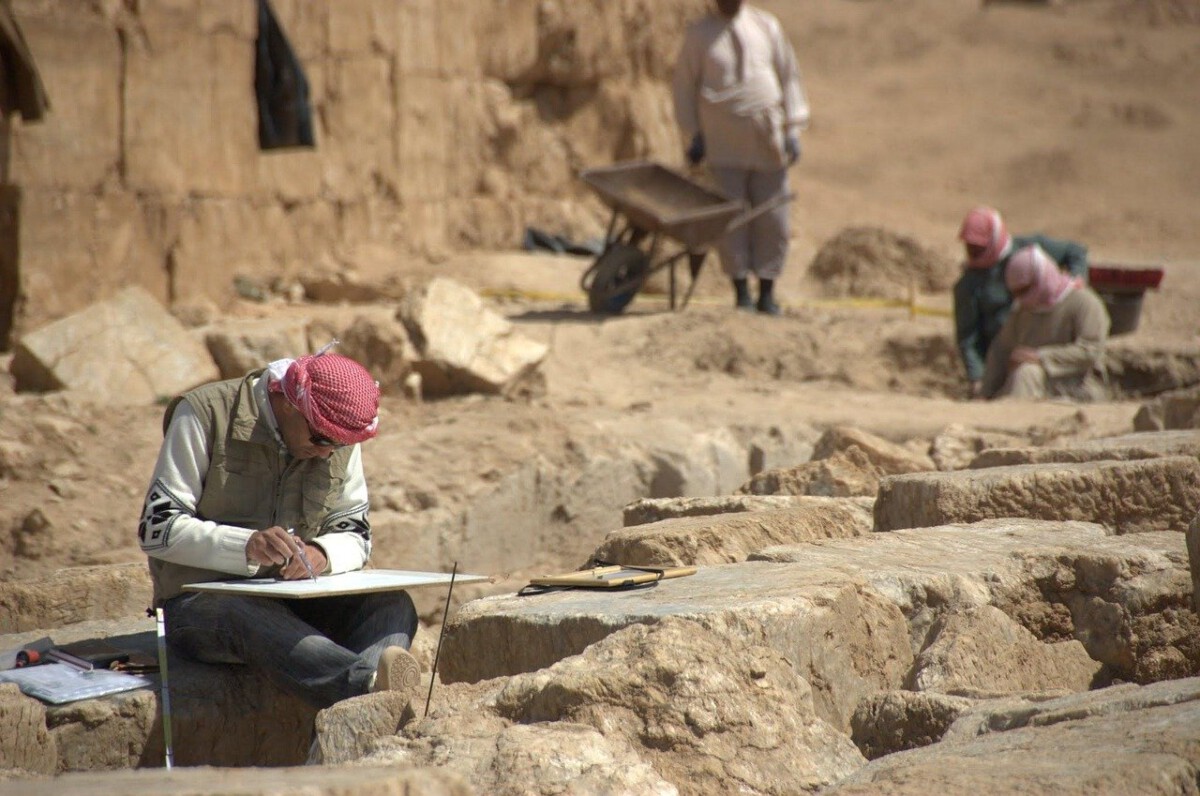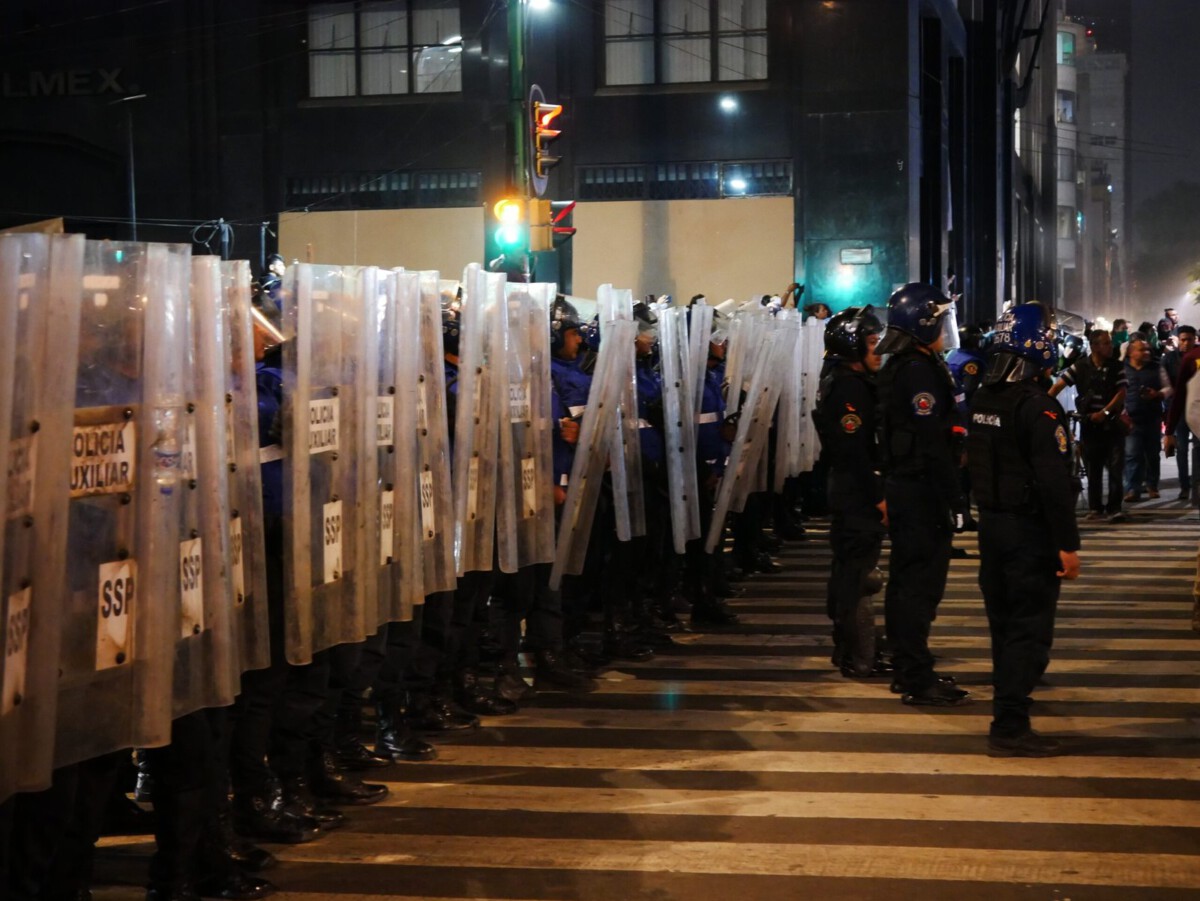Sinkyone Wilderness State Park, California

Sinkyone Wilderness State Park in Northern California offers one of the most authentic digital detox experiences in the United States. This remote coastal wilderness operates with day use areas open from sunrise to sunset, and camping is extremely limited in certain areas due to ongoing trail maintenance projects. Located 36 miles southwest of Garberville along the rugged Lost Coast, this park provides minimal cell phone coverage and forces visitors to disconnect from their devices. The park’s isolation from modern amenities creates a natural barrier to technology use, while its stunning coastline and old-growth forests provide the perfect backdrop for mental restoration. State park crews regularly work on extended trail maintenance projects on the Lost Coast Trail, which limits access and maintains the area’s pristine wilderness character.
Adirondack Park State Lands, New York

New York State’s Adirondack Park encompasses over 6 million acres of wilderness, making it larger than Yellowstone, Everglades, Glacier, and Grand Canyon National Parks combined. The vast majority of this park has spotty or nonexistent cell phone coverage, creating natural dead zones perfect for digital detox. New York’s “Get Offline, Get Outside” initiative, launched in July 2024, specifically promotes helping families put down their phones and computers to enjoy outdoor recreation. The park’s backcountry camping areas, accessible only by foot or canoe, offer complete isolation from digital distractions. Remote lakes like those in the High Peaks Wilderness provide pristine environments where visitors can reconnect with nature without the constant ping of notifications.
Porcupine Mountains Wilderness State Park, Michigan

Michigan’s largest state park, the Porcupine Mountains Wilderness State Park, spans 60,000 acres of rugged terrain in the Upper Peninsula. The park allows backpacking and dispersed camping on state forest land as long as sites are located more than one mile from established campgrounds. This requirement naturally creates distance from any potential cell towers or Wi-Fi hotspots. The park’s remote backcountry cabins, some accessible only by hiking several miles through dense forest, offer visitors a chance to experience complete digital silence. The area’s thick canopy of old-growth hemlock and maple trees creates additional barriers to cellular signals, making it nearly impossible to maintain digital connections.
Baxter State Park, Maine

Home to Mount Katahdin and the northern terminus of the Appalachian Trail, Baxter State Park operates under a “forever wild” philosophy that extends to its technology policies. The park’s remote location in north-central Maine, combined with its mountainous terrain, creates significant dead zones for cellular service. Baxter’s backcountry camping areas, scattered throughout 200,000 acres of wilderness, offer primitive camping experiences with no electricity or modern conveniences. The park’s isolation from major population centers means that even satellite internet connections are unreliable, forcing visitors to embrace a slower pace of life. Many visitors report that the park’s natural silence, broken only by loons calling across pristine lakes, provides a profound sense of peace impossible to achieve in connected environments.
Goblin Valley State Park, Utah

Located in one of Utah’s most remote desert regions, Goblin Valley State Park sits in a natural bowl surrounded by towering sandstone formations that block most cellular signals. The park’s unique geological features, including thousands of mushroom-shaped rock formations called “goblins,” create a landscape that feels like another planet. The area’s isolation from major highways and cities means that even during peak visitation, the park maintains an otherworldly quiet. Visitors camping in the park’s campground often discover that their devices have no signal, forcing them to engage with the stunning night sky and the park’s fascinating rock formations. The park’s location in south-central Utah places it far from major cell towers, making digital connectivity nearly impossible.
Big Bend Ranch State Park, Texas

As Texas’s largest state park, Big Bend Ranch encompasses over 300,000 acres of Chihuahuan Desert wilderness along the Rio Grande. The park’s remote location in far West Texas, combined with its rugged terrain and sparse population, creates ideal conditions for digital detox. Most of the park lacks cell phone coverage, and the few areas with weak signals are typically near the main roads. The park’s backcountry camping opportunities, accessible only by hiking or horseback riding, place visitors in complete isolation from digital connectivity. The vast desert landscape, with its stunning star-filled nights and profound silence, provides a powerful contrast to the constant noise of modern digital life.
Olympic National Park State Lands, Washington

While Olympic National Park itself is federal land, Washington State manages several areas adjacent to the park that offer similar wilderness experiences with even less infrastructure. The Hoh River and Quinault areas, surrounded by temperate rainforest, have minimal cell coverage due to the dense canopy and remote location. These state-managed areas provide backcountry camping opportunities where visitors can experience the unique ecosystem of the Pacific Northwest without digital distractions. The sound of rushing rivers and the towering presence of ancient Douglas fir and cedar trees create a natural cathedral that encourages contemplation and disconnection from technology. The area’s frequent rainfall and misty conditions also create practical challenges for electronic devices, naturally encouraging visitors to leave them behind.
Algonquin Provincial Park, Ontario (Cross-Border Access)

While technically in Canada, Algonquin Provincial Park is easily accessible to visitors from northeastern U.S. states and offers some of the best digital detox opportunities in North America. The park’s vast wilderness, spanning over 7,600 square kilometers, contains thousands of lakes and rivers with no cellular coverage. The park’s interior camping areas, accessible only by canoe, provide complete isolation from digital connectivity. Visitors often report that the park’s profound silence, broken only by the call of loons and the splash of paddles, creates a meditative experience impossible to achieve in connected environments. The park’s remote location and Canadian wilderness policies maintain an environment largely free from modern intrusions.
Pictured Rocks National Lakeshore Adjacent State Lands, Michigan

The state lands adjacent to Pictured Rocks National Lakeshore in Michigan’s Upper Peninsula offer backcountry experiences with minimal cell coverage. Recent ice storms have impacted several Michigan state parks and facilities, temporarily closing some areas and limiting access to remote locations. These temporary closures actually enhance the digital detox experience by reducing visitor numbers and maintaining the area’s wild character. The combination of dense forest cover, remote location, and limited infrastructure creates ideal conditions for disconnecting from digital devices. The area’s pristine Lake Superior shoreline and old-growth forest provide stunning natural beauty that captures visitors’ attention far more effectively than any screen.
Henry W. Coe State Park, California

Henry W. Coe State Park has been recognized in California State Parks Foundation’s 2025 “Best of” awards, known for its springtime wildflower displays when rainfall allows. Located in the hills east of San Jose, this park encompasses over 87,000 acres of rugged terrain with minimal cell coverage throughout most of its backcountry areas. The park’s remote camping areas, accessible only by hiking several miles from the nearest road, provide complete isolation from digital connectivity. The California State Parks Foundation received over 1,300 submissions in their recent poll, reflecting the deep love people have for these parks. The park’s challenging terrain and primitive camping conditions naturally discourage visitors from relying on electronic devices, while its diverse ecosystems and wildlife provide constant natural entertainment that makes screen time seem unnecessary.
The Digital Detox Movement in State Parks

The trend toward digital detox in state parks aligns with broader wellness initiatives, including New York’s 2025 State Parks Wellness Challenge, which specifically includes “Digital Detox” missions where visitors enjoy parks without technology connections. Recent data shows that nearly 81.1 million Americans camped in 2024, with 5.8 million first-timers, and since 2021, more than 25 million Americans have gone camping for the first time. This surge in outdoor recreation reflects a growing desire to escape digital connectivity. As park officials note, in today’s fast-paced digital world where screens often dominate daily lives, many are seeking refuge in nature to rejuvenate mind, body, and spirit through technology-free outdoor experiences. These state parks offer the perfect antidote to our hyperconnected world, where silence isn’t just golden—it’s absolutely essential for mental wellness.
Did you expect that disconnecting could feel so liberating?





